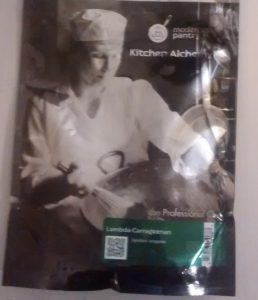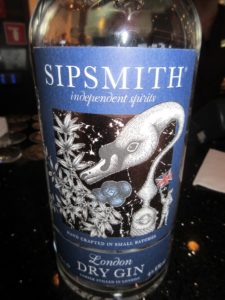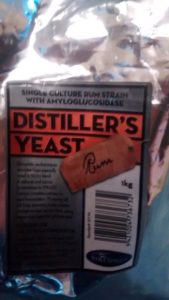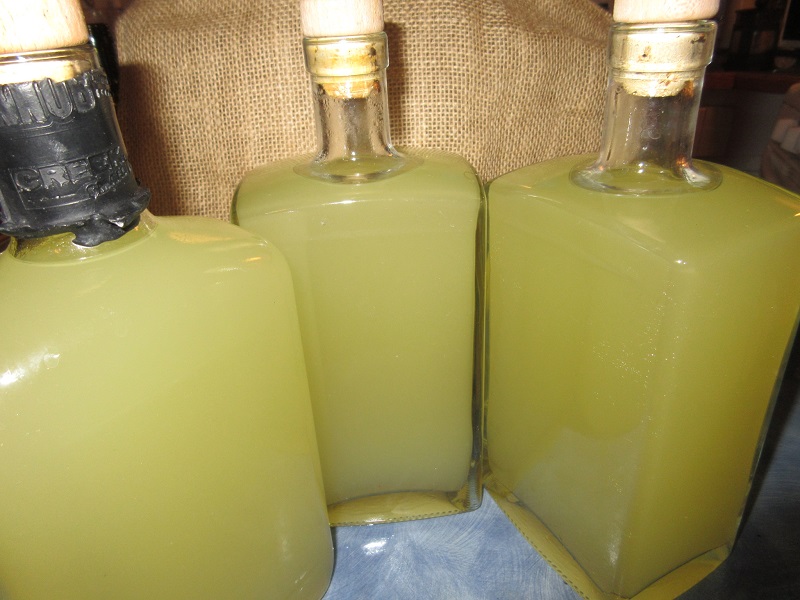Up until recently, I was offering a standard formula for yeast pitching rate in my Workshops and writings. Amazing how some deeper schooling can raise one’s level of understanding of yeast. During my recent trip to Scotland, I went to 3 distilleries and in all cases noted that they were adding more yeast than I normally would.
Recall there are 4 stages to the fermentation cycle. Lag Phase, Exponential, Stationary and Decline. The Stationary Phase is where the pyruvic acid is metabolized to ethanol. During this phase, the yeast soon realizes that the ethanol is actually toxic and stands to harm the cell walls. So, the yeast reaches out into the grain mash and imports amino acids (FAN=free amino nitrogen). The yeast carves the NH3 molecule off the amino acid and then proceeds to excrete the remaining structural shell (now called an alpha keto acid). These alpha keto acids form the basic structure for the development of higher alcohols and esters. The longer the Stationary Phase drags on for, the more higher alcohols and esters the yeast generates as it shores up its cell walls against the surrounding toxic ethanol. Hence, the longer the Stationary Phase – the more unique the flavor profile of your distillate will be. as I noted earlier, in Scotland, the distillers are adding a considerable amount of yeast (double what I have been suggesting in my teachings and writings). This is because they are aiming for a certain flavor profile and have been aspiring to that same profile for 100+ years in many cases. They know how much higher alcohol they want in their final spirit. So, as a craft distiller, consider ramping up the amount of yeast you add to a ferment. See how the flavor profile of your distillate changes. See how much you shorten up on your fermentation time. You might be surprised…..








